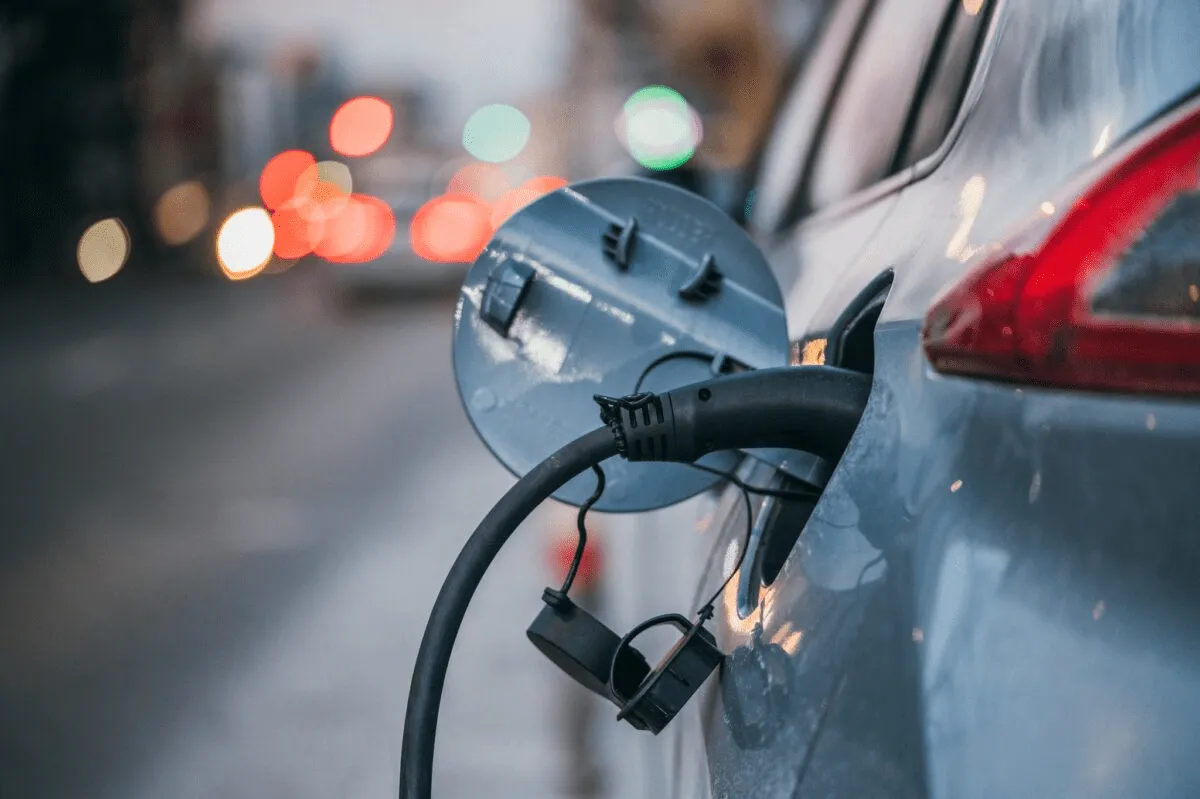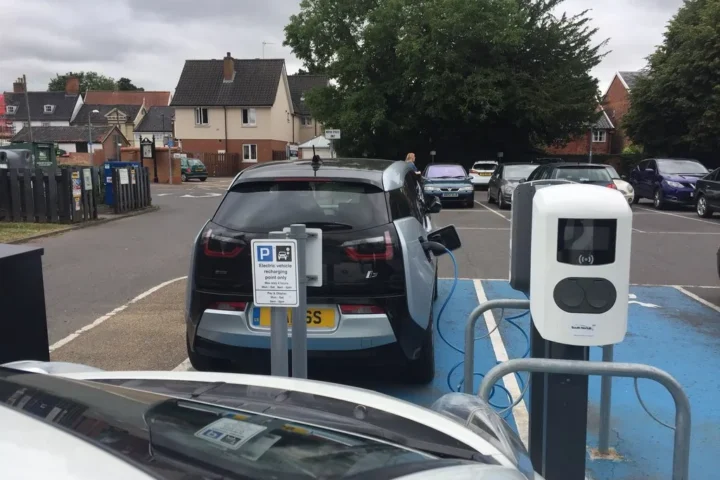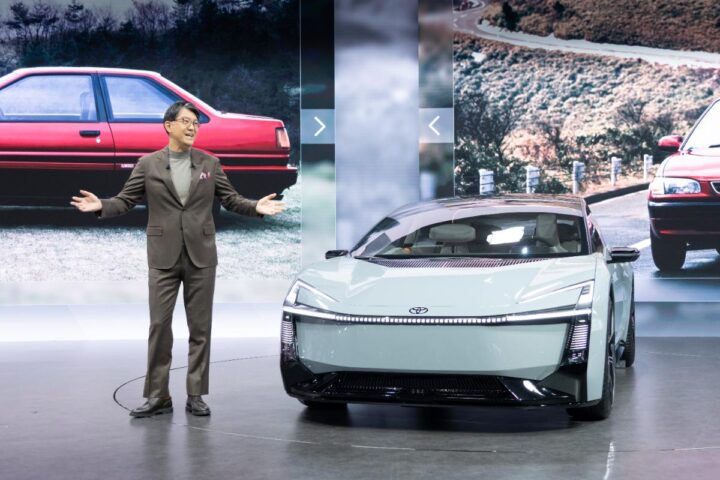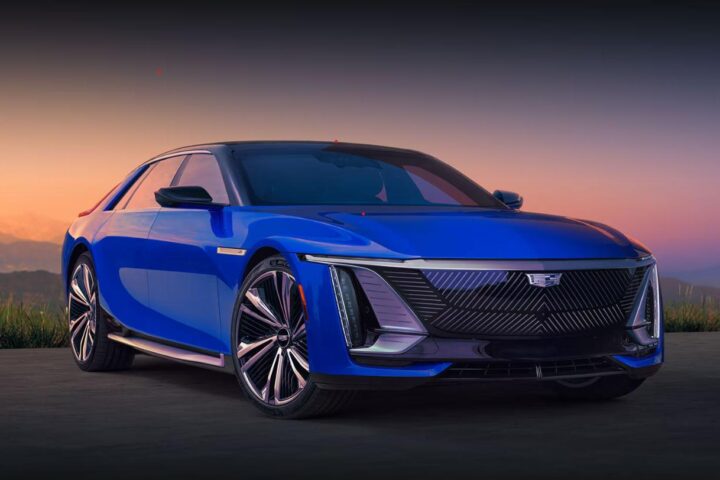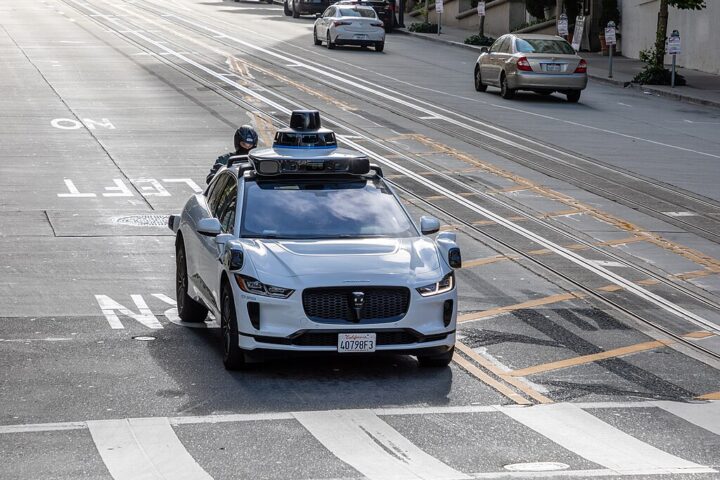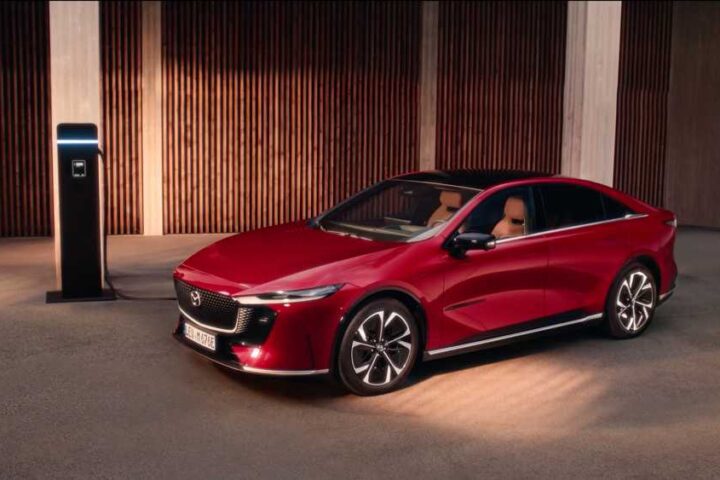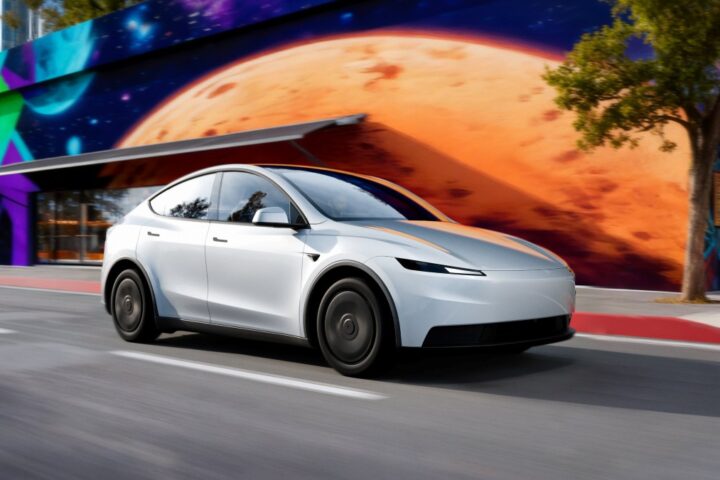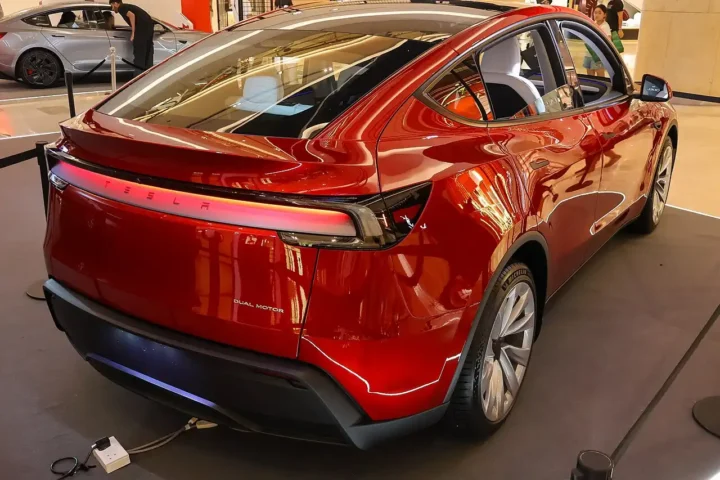One of the key benefits that draws many consumers to electric vehicles is the cost savings associated with not having to purchase gasoline. By charging an EV at home, the overall cost of ownership can be significantly lower when compared to a traditional internal combustion engine vehicle, particularly when making the switch from a high-end luxury vehicle like a Porsche Macan to an electric Porsche Taycan. Is it really greener on the other side or are their some hidden costs that come along with EVs.
According to a recent study by the Anderson Economic Group (AEG), the cost of fueling a mid-priced internal combustion engine vehicle may be less expensive than a similarly priced electric vehicle. The study found that drivers of ICE vehicles pay around $11.29 per 100 miles, while those who charge their EVs at home spend around $11.60 per 100 miles. The difference in cost becomes even more pronounced for EV drivers who frequently recharge at charging stations, with an estimated cost of $14.40 per 100 miles.
Patrick Anderson, the founder of the Anderson Economic Group (AEG), noted that the increase in gas prices throughout 2021 and 2022 made electric vehicles appear to be a cost-effective option. However, with a rise in electric prices and a decrease in gas prices, traditional internal combustion engine vehicle drivers were able to save some money during the last quarter of 2022.
The Anderson Economic Group (AEG) took into account a variety of factors when determining that electric vehicle ownership could be more expensive, such as the cost of home charging equipment, road taxes, and deadhead miles. While internal combustion engine vehicle owners pay a gas tax that goes towards funding road construction and maintenance, EV owners do not. As a result, some states have implemented an additional EV registration fee to make up for the lack of gas tax revenue.
- HVAC carbon filter achieves 92.1% efficiency while cutting building energy costs 21.6%
- Fish gill filter catches 99.6% of microplastics washing machines send into sewage systems
- How Credit Applications Affect Your Credit Score
- 57 wind blades turn car park façade in Europe’s first turbine-built facility
- Building a Healthier Narrative
Note : The above the article is based on a report by Anderson Economic Group. All the key details are directly based on the findings mentioned in the report, hence the accuracy of the article is directly based on the information provided by the AEG in their report. Everyone associated with Karmactive.com do not endorse or promote AEG.
